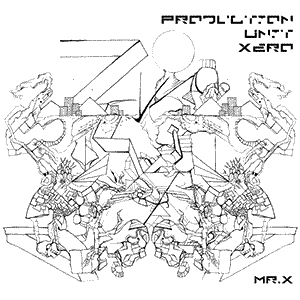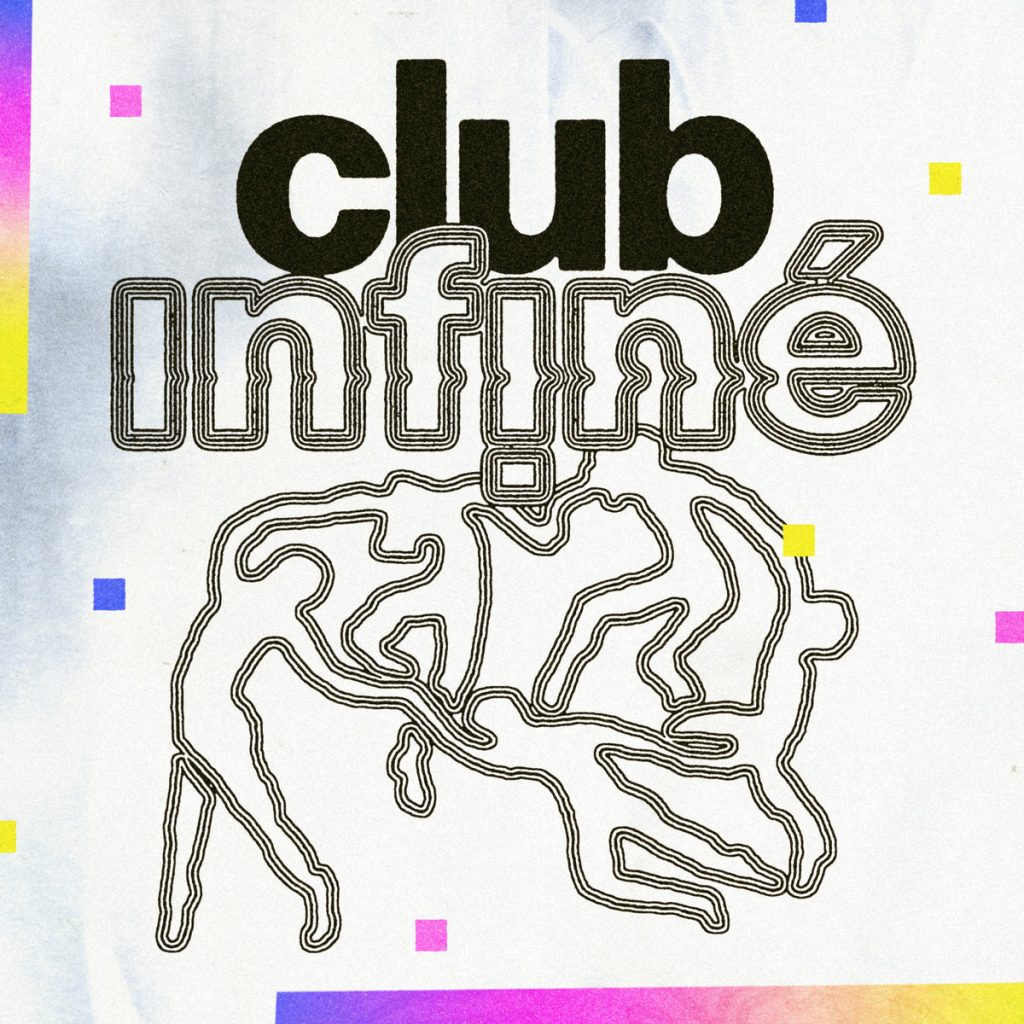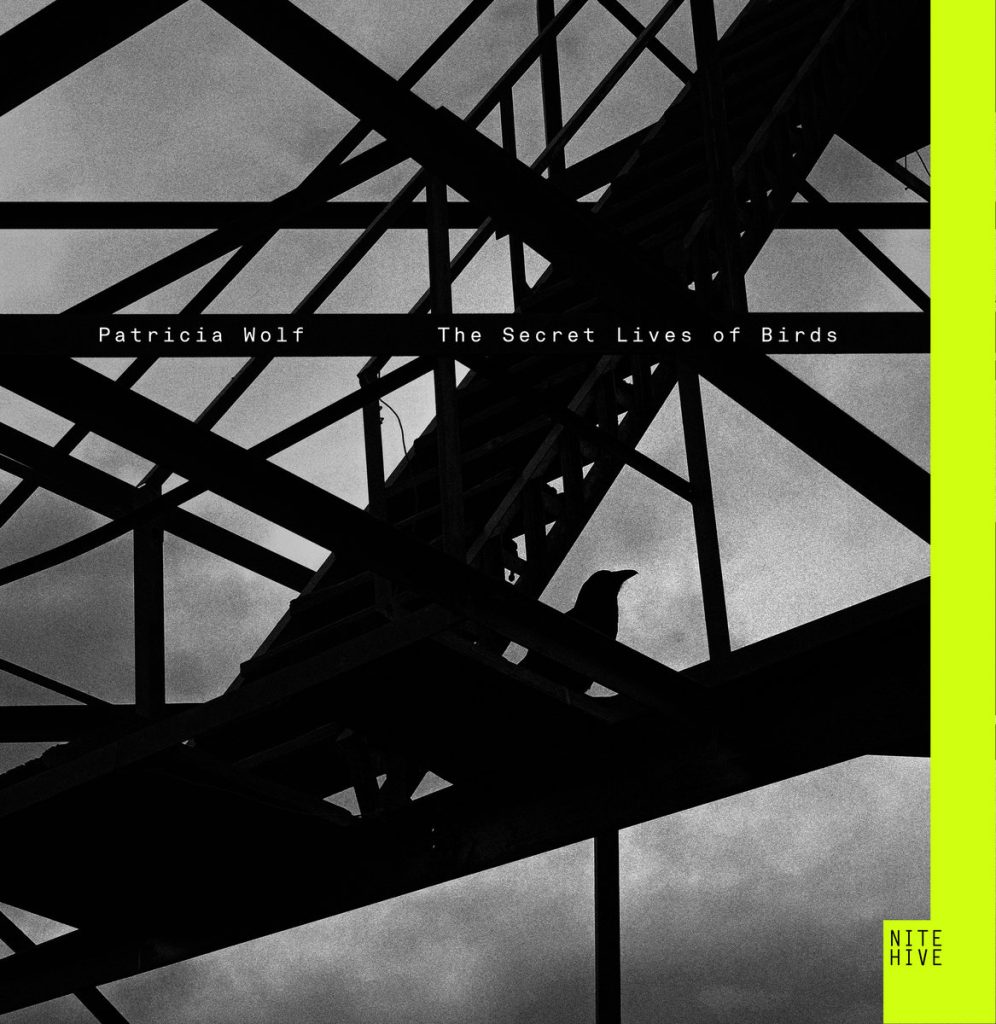What is Dark Ambient?
In the diverse spectrum of music genres, Dark Ambient stands as an intriguing outlier. This genre, characterized by its ethereal, often eerie soundscapes, delves into the depths of the auditory experience, offering a journey that is as introspective as it is expansive. With its roots in ambient music and influences from a variety of sources, Dark Ambient has carved out a niche that appeals to those seeking an immersive and emotionally rich listening experience.
Origins and Evolution
Dark Ambient, as a genre, finds its genesis in the broader realm of ambient music. The term “ambient” was popularized by Brian Eno in the 1970s, who described it as music designed to induce calm and space to think. However, while ambient music often evokes a sense of tranquility and contemplation, Dark Ambient takes a slightly different path, delving into more moody, often ominous soundscapes.
The evolution of Dark Ambient is closely tied to the advent of electronic music and synthesizers. Early pioneers in the genre experimented with electronic sounds to create atmospheres that were haunting and otherworldly. The genre draws upon elements from experimental, noise, and even classical music, resulting in a rich tapestry of sounds.
Key Influences
The influences of Dark Ambient are as varied as its sounds. Elements of industrial and noise music play a significant role, with their use of non-musical sounds and dissonant harmonies. The genre also borrows from the minimalist approach of classical composers, such as Philip Glass and Steve Reich, along with the atmospheric soundscapes of film scores and soundtracks.
Moreover, Dark Ambient often draws inspiration from natural and supernatural themes. The sounds of wind, water, and other natural phenomena are frequently used to create a sense of place and atmosphere. Similarly, themes of space, the occult, and the ethereal are common, adding to the genre’s mysterious and sometimes unsettling character.
Top Artists and Albums
Several artists and albums have been seminal in shaping and defining Dark Ambient:
- Lustmord – Often considered the pioneer of the genre, Lustmord’s album “Heresy” (1990) is a landmark in Dark Ambient music. His use of deep, resonating tones and subtle textures creates a soundscape that is both vast and intimate.
- Brian Eno – While Eno is more commonly associated with the broader ambient genre, his album “Ambient 4: On Land” (1982) delves into darker, moodier territories and is often cited as an influence in Dark Ambient music.
- Aphex Twin – Richard D. James, under his Aphex Twin moniker, explored Dark Ambient textures in albums like “Selected Ambient Works Volume II” (1994), which features tracks that range from ethereal to unnerving.
- Raison d’être – A project by Peter Andersson, Raison d’être is known for albums like “Within the Depths of Silence and Phormations” (1995), which combine Gregorian chants, industrial noise, and natural sounds to create a deeply atmospheric experience.
- Boards of Canada – Their album “Geogaddi” (2002), though more rhythmically driven, incorporates elements of Dark Ambient with its eerie undertones and subtle sound manipulations.
Cultural Impact and Scene
Dark Ambient has always been more of a niche genre, often finding its audience among those who venture deeper into the realms of music. Its introspective nature makes it well-suited for personal listening, meditation, or even as a background to creative endeavors. The genre’s ability to evoke imagery and emotion also makes it a popular choice for soundtracks in films, especially in the horror and sci-fi genres.
Contemporary Trends
In recent years, Dark Ambient has seen a resurgence, with new artists bringing contemporary influences to the genre. There’s a growing exploration of the intersection between Dark Ambient and other genres, like drone, minimal techno, and even neo-classical music.
This fusion has led to a richer, more varied sonic palette within the genre. Modern Dark Ambient artists are using the latest digital production techniques, alongside traditional sampling and analog synthesis, to create soundscapes that are as innovative as they are evocative.
Exploring Dark Ambient
For those looking to explore Dark Ambient, the genre offers a vast sonic territory. It’s a style that encourages deep listening and can provide
a soundtrack for a wide range of experiences – from introspective meditation to immersive storytelling. Dark Ambient is not merely heard; it’s felt – a sonic journey that takes the listener through landscapes that are at once haunting and beautiful, unsettling and calming.
One of the unique aspects of Dark Ambient is its ability to create a sense of space. The music often utilizes reverb, echo, and other effects to produce a feeling of vastness, of being in a large, open area. This quality makes it particularly effective for evoking imagery and mood, which is why it’s often used in film and video game soundtracks to enhance the visual experience.
Albums to Begin Your Journey
For newcomers to the genre, there are several albums that could serve as an introduction:
- Robert Rich & B. Lustmord – “Stalker” (1995): This collaborative album is inspired by the Andrei Tarkovsky film of the same name and is a masterpiece in creating a deep, enveloping atmosphere.
- Tim Hecker – “Virgins” (2013): While Hecker’s work spans various styles, this album contains elements of Dark Ambient, characterized by its haunting soundscapes and emotive compositions.
- Grouper – “Ruins” (2014): Grouper’s music is a more subdued take on the genre, with a focus on minimalism and emotional depth.
The Artistry of Sound Design
The sound design in Dark Ambient is a critical element of its appeal. Artists often spend considerable time crafting unique sounds and textures. This can involve field recordings, synthesizing new sounds, or creatively manipulating traditional instruments to produce something entirely new. The attention to detail in the sound design is what makes the genre so immersive and captivating.
The Role of Technology
Technology plays a significant role in Dark Ambient. With the advent of advanced synthesizers, software, and sound manipulation tools, the possibilities for creating complex and layered soundscapes have expanded greatly. Artists in the genre are often at the forefront of exploring new technology and techniques for sound creation.
Beyond Music: A Holistic Art Form
Dark Ambient often transcends the realm of music to become a holistic art form. It’s not uncommon for albums to be accompanied by visual art, poetry, or thematic elements that complement the sonic experience. This multi-disciplinary approach adds layers of meaning and depth to the music, making it a richly textured artistic expression.
The Community and Labels
The Dark Ambient community, though niche, is vibrant and passionate. There are numerous online forums, radio stations, and labels dedicated to the genre. Labels like Cryo Chamber and Cyclic Law are known for their high-quality Dark Ambient releases and have helped cultivate a global community of artists and listeners.
Dark Ambient is a genre that invites listeners to explore the depths of sound and emotion. It’s a testament to the power of music to evoke imagery, convey mood, and transport the listener to another world. In a musical landscape often dominated by fast-paced, rhythm-driven genres, Dark Ambient offers a contemplative, immersive experience. For those willing to embark on this auditory journey, Dark Ambient opens up a universe of sound that is as boundless as it is profound.
Dark Ambient Album of the Month – The Core of Solaris [HTX127] – Aeon Angeles




